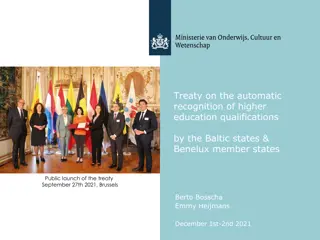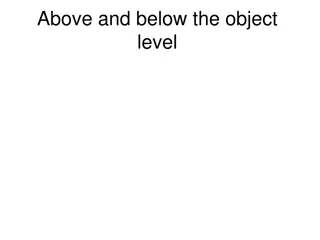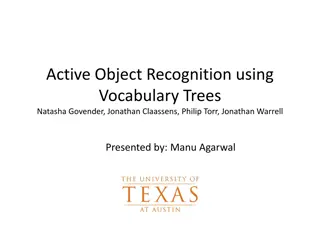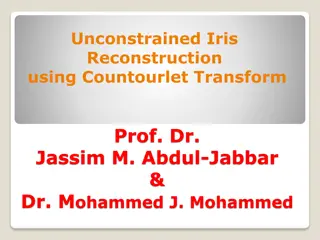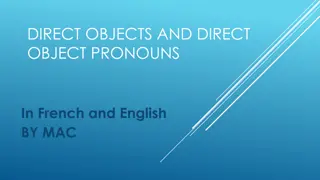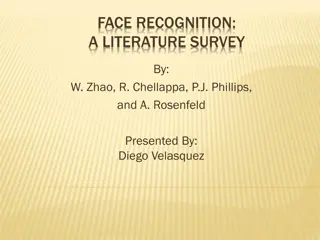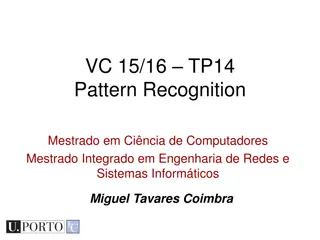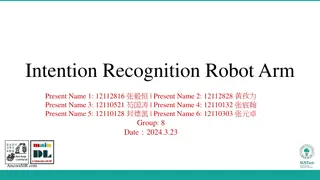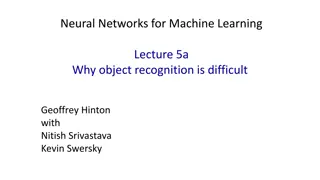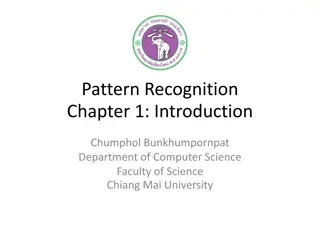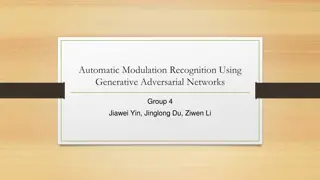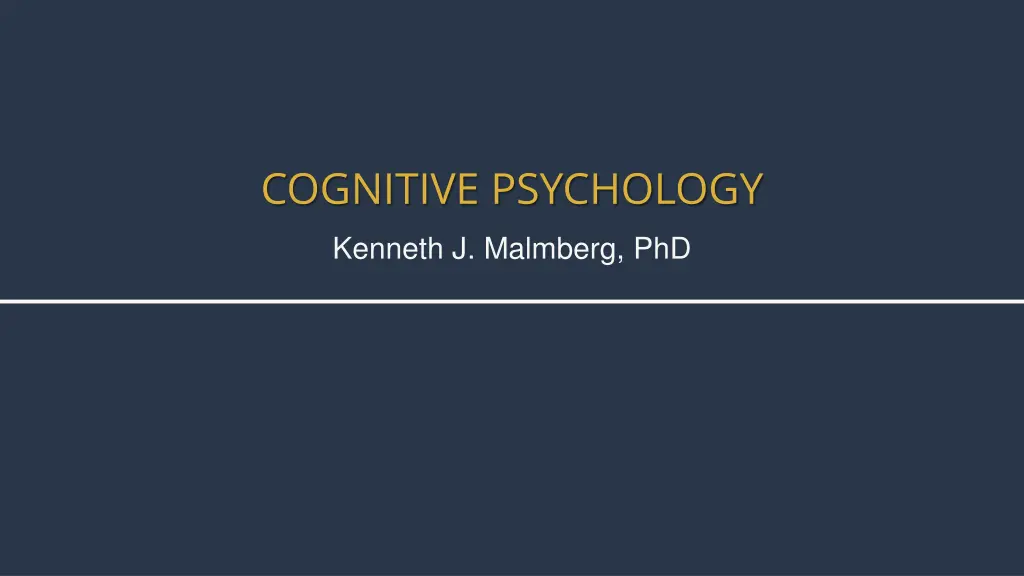
Understanding Object Recognition Theories in Cognitive Psychology
Explore object recognition theories in cognitive psychology, including Feature Integration Theory, Geons Recognition by Components Theory, and more. Learn about the processes involved in recognizing objects and the role of different visual pathways.
Download Presentation

Please find below an Image/Link to download the presentation.
The content on the website is provided AS IS for your information and personal use only. It may not be sold, licensed, or shared on other websites without obtaining consent from the author. If you encounter any issues during the download, it is possible that the publisher has removed the file from their server.
You are allowed to download the files provided on this website for personal or commercial use, subject to the condition that they are used lawfully. All files are the property of their respective owners.
The content on the website is provided AS IS for your information and personal use only. It may not be sold, licensed, or shared on other websites without obtaining consent from the author.
E N D
Presentation Transcript
COGNITIVE PSYCHOLOGY Kenneth J. Malmberg, PhD
OBJECT RECOGNITION Kenneth J. Malmberg, PhD
Feature Integration Theory Feature Integration Theory (Triesman, 1986)
Feature Integration Illusory Conjunctions Feature Integration Theory (Triesman, 1986) Illusory Conjunctions: 200 ms flash followed by mask, subjects report numbers, shapes 1 8 1 On 18% of the trials, subjects reported shapes that were combinations of features that comprised different objects. 8
Object Recognition - Geons Recognition by Components Theory (Biederman, 1987) Objects are represented by the geons that comprise them and the relationships between the geons.
Object Recognition View Invariance Recognition by Components Theory (Biederman, 1987) Geons have view-invariant properties: They can be recognized from any point of a view.
Object Recognition View Invariance Example Recognition by Components Theory (Biederman, 1987) Geons have view-invariant properties: They can be recognized from any point of a view.
Study Guide 1 True or False? Object recognition involves the dorsal visual processing pathway. True False
Study Guide 1 True or False? Object recognition involves the dorsal visual processing pathway. True False
Study Guide 2 True or False? The earliest stage of visual processing involves detecting the lines and curves that comprise an object. True False
Study Guide 2 True or False? The earliest stage of visual processing involves detecting the lines and curves that comprise an object. True False
Study Guide 3 True or False? Feature Integration Theory assumes that the focused-attention stage of processing puts the lines and curves of an object back together again. True False
Study Guide 3 True or False? Feature Integration Theory assumes that the focused-attention stage of processing puts the lines and curves of an object back together again. True False
Study Guide 4 True or False? Processing a stimulus in terms of it features requires focused attention according to feature integration theory. True False
Study Guide 4 True or False? Processing a stimulus in terms of it features requires focused attention according to feature integration theory. True False
Study Guide 5 True or False? According to the Recognition By Components Theory (RBC) objects are represented by geons and their spatial relationships. True False
Study Guide 5 True or False? According to the Recognition By Components Theory (RBC) objects are represented by geons and their spatial relationships. True False


